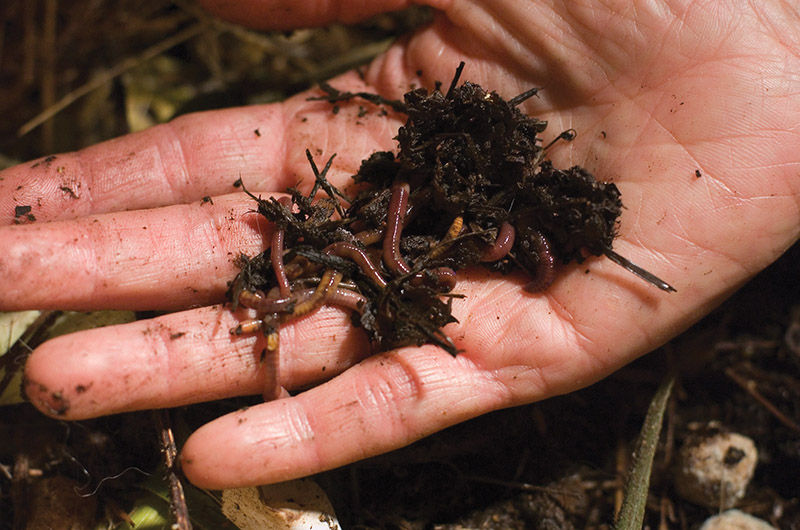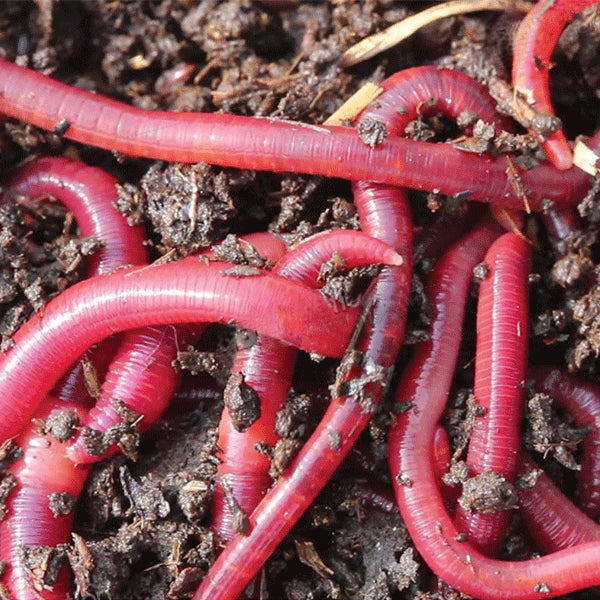Happy red wigglers: How to find them
Happy red wigglers: How to find them
Blog Article
Red Wigglers: Your Eco-Friendly Service for a Greener Garden
Red wigglers, or Eisenia fetida, provide a lasting strategy to enhancing garden health and wellness via vermicomposting. By incorporating red wigglers into your gardening methods, you can properly manage waste while nurturing a lively community.
(red wiggler worms for sale)
What Are Red Wigglers?
Although often incorrect for normal earthworms, red wigglers (Eisenia fetida) are a distinctive varieties recognized for their performance in composting raw material. These worms flourish in rich, organic settings, such as garden compost stacks and vermicomposting systems, where they play an essential duty in breaking down waste. Unlike their more usual equivalents, red wigglers like a warmer habitat, commonly in between 55 ° F and 77 ° F, which maximizes their activity and performance.
Red wigglers are identified by their reddish-brown coloration and segmented bodies, which can expand up to four inches in size. They possess an unique capacity to consume and absorb organic materials at a remarkable rate, refining up to half their body weight daily. This quick decomposition procedure not only enriches the soil however additionally adds to the general health of the garden ecological community.
In terms of recreation, red wigglers are respected, efficient in creating cocoons that have multiple eggs. This permits fast populace growth, making them a suitable selection for composting endeavors. Their versatility and ravenous cravings for organic waste position red wigglers as a necessary ally for environmentally conscious gardeners seeking lasting techniques.
Advantages of Using Red Wigglers
Utilizing red wigglers in the garden provides many benefits that boost both dirt quality and plant health. These earthworms are extraordinary decomposers, damaging down raw material such as cooking area scraps and backyard waste right into nutrient-rich spreadings. These spreadings, usually described as "worm gold," provide important nutrients that improve soil fertility, promoting vibrant plant growth.
Red wigglers additionally enhance dirt structure. The visibility of red wigglers increases microbial activity in the soil, developing a prospering environment that contributes to disease resistance and improved plant wellness.
One more substantial benefit of making use of red wigglers is their ability to minimize waste. In recap, integrating red wigglers right into gardening methods returns substantial benefits, making them a beneficial addition to any type of eco-conscious yard.
(red wiggler fishing worms)
Exactly How to Start Vermicomposting
To begin vermicomposting, it's important to create a suitable setting for red wigglers to grow, as their success straight affects the effectiveness of the composting process. Beginning by picking a container, such as a plastic or wood bin, with adequate water drainage and air flow. A size of roughly 2 square feet is perfect for a household, permitting a workable worm population.
Following, prepare bed linen product that is wet yet not excessively wet. Shredded paper, cardboard, and coconut coir are exceptional options, providing a comfortable environment while likewise serving as a carbon resource. Fill up the bin with 4 to 6 inches of bed linens.
After establishing the bed linens, present your red wigglers. A common beginning population has to do with 1 extra pound of worms, which can consume about half a pound of food scraps daily. It is vital to a fantastic read include food scraps gradually, concentrating on vegetable peelings, fruit waste, and coffee premises, while avoiding meat, milk, and oily foods to avoid smells.
Preserving a Healthy And Balanced Worm Bin
When your red wigglers are resolved into their new bed linen, keeping a healthy and balanced worm bin becomes vital to make certain optimum composting conditions. Ideally, the worm bin must be maintained wet yet not soaked; a humidity level around 60-70% is optimal.
Temperature level control is similarly vital. Red wigglers prosper in atmospheres in between 55 ° F and 77 ° F(13 ° C to 25 ° C) Prevent subjecting the bin to extreme temperature levels; severe warm can kill the worms, while excessive cold can reduce their task.
Aeration is important to stop anaerobic conditions, which can lead to undesirable smells and hurt the worms. Turn the bed linens delicately every few weeks to promote air movement and disperse food evenly.
Feeding your red wigglers is another essential facet. Offer a balanced diet regimen of kitchen area scraps, avoiding citrus and spicy foods, which can be destructive to their wellness. By frequently keeping an eye on these elements, you can make certain a successful community within your worm container.

Tips for Making Use Of Worm Castings
Routinely including worm castings right into your garden can dramatically improve dirt health and plant development. To effectively use worm spreadings, begin by figuring out the appropriate application rate, which commonly ranges from 10-20% of the overall dirt volume. This guarantees ideal nutrient schedule without overwhelming your plants.
When using worm spreadings, blend them into the top couple of inches of dirt around established plants or integrate them right into your seed-starting mix for brand-new seed startings. This practice promotes root growth and boosts moisture retention. Additionally, think about developing a worm tea by soaking worm spreadings in water for 24-48 hours. This nutrient-rich fluid can be used as a foliar spray or soil drench, supplying an instantaneous increase to your plants.

Conclusion
The use of red wigglers in horticulture methods offers a sustainable technique to waste administration and dirt enrichment. The integration of red wigglers into horticulture regimens ultimately sustains both eco-friendly balance and agricultural performance. red worms.
Report this page